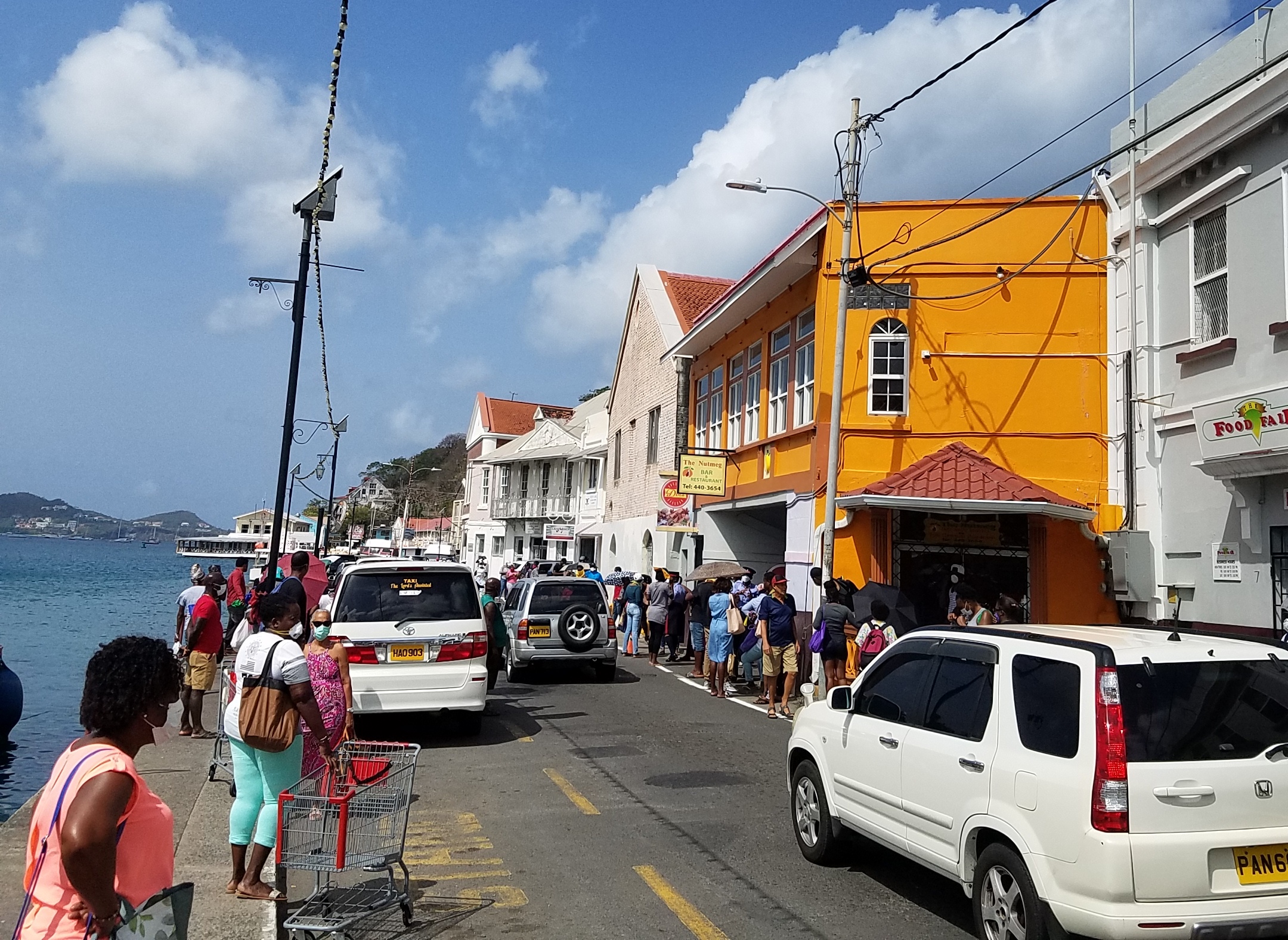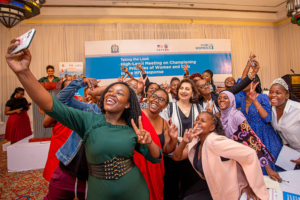 Unemployment remains a core challenge for African youths. With the continent’s youth population projected to double by 2050, limited opportunities fuel instability and poverty. About 10 to 12 million new job seekers will enter the labor market each year. Yet, only 3 million formal jobs are available. Among these are vulnerable youth from various backgrounds, including refugees, former child soldiers and individuals from impoverished communities.
Unemployment remains a core challenge for African youths. With the continent’s youth population projected to double by 2050, limited opportunities fuel instability and poverty. About 10 to 12 million new job seekers will enter the labor market each year. Yet, only 3 million formal jobs are available. Among these are vulnerable youth from various backgrounds, including refugees, former child soldiers and individuals from impoverished communities.
Many have lost hope, facing extreme poverty with little access to purposeful opportunities. However, meaningful employment by equipping young people with skills and resources to initiate changes is critical for peace and stability. In the face of daunting youth unemployment and economic challenges, the need for innovative, grassroots solutions has never been greater.
The Social Innovation Academy
The Social Innovation Academy (SINA), a nonprofit organization established in 2014, empowers disadvantaged young people between the ages of 16 to 29 by fostering social entrepreneurship, leading to the creation of more than 80 impactful social enterprises. SINA’s approach is deeply rooted in the belief that every individual can rise to their fullest potential regardless of background.
Unlike traditional vocational training, its model enables youth to build enterprises that address the challenges in their communities. Through a five-step empowerment process, youth develop both personal and professional skills. They are transformed from passive recipients of aid to active drivers of their futures.
Success Stories
“I’m living my dream instead of dreaming my life!” shares Joseph Bwinika, one of the many SINA scholars who has experienced profound personal transformation. In SINA, people like Bwinika transform through discovering their purpose and gaining a growth mindset of possibilities. Many youths, who seemed to have given up on life or resorted to coping mechanisms such as drugs or alcohol, found a new purpose in life and gained the skills to create a social enterprise that supports others as well.
Since its inception, more than 80 social enterprises have been launched in sectors such as health care, water supply, recycling and microfinance. Collectively, these startups have paid out more than $400,000 in salaries in the last year and attracted more than $500,000 in investment capital in 2023. Many of the founders use their past hardships as inspiration for their ventures. For example, Joan Nalubega, a former orphan who suffered from malaria, developed a mosquito-repellent soap and now employs more than 48 people. Her social enterprise, Uganics, has reduced malaria cases for its customers by 85% in rural Uganda.
Another SINA graduate, Janet Aguti, was raped at the age of 8 and today runs an organization providing medical, legal and psychological support to victims of sexual violence. Similarly, Rebecca Aime, once a refugee living in extreme poverty without access to even a small loan, is now providing microfinance to thousands of refugee women and has become an Echoing Green Fellow.
Freesponsibility
At the core of SINA’s philosophy is the concept of “freesponsibility,” which blends freedom and responsibility. This innovative approach allows learners to take ownership of their education by creating their own curriculum and taking up dynamic roles within SINA. Unlike traditional top-down structures, freesponsibility empowers every participant to lead and contribute, driving self-organization.
This framework promotes intrinsic motivation and full ownership, ensuring that all participants are leaders and followers simultaneously. It creates a regenerative cycle where former scholars return as coaches, helping to sustain and improve the model.
Final Remark
SINA’s Framework is designed for replication and scalability. It welcomes communities and organizations to adopt its approach across Africa. There are currently 18 independently-run SINA communities in six African countries, each using the self-organization and “freesponsibility” principles to empower youth. These communities form part of a larger network that shares best practices and supports collective growth. Together, they can unlock a brighter future for the next generation in Africa, contributing to lasting peace and prosperity across the continent.
– Staff Reports
Photo: Flickr

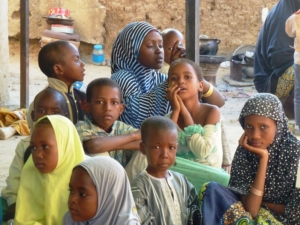


 Mr. Mondo Kyateka, Commissioner of Youth and Children Affairs at the Ministry of Gender, Labour and Social Development (
Mr. Mondo Kyateka, Commissioner of Youth and Children Affairs at the Ministry of Gender, Labour and Social Development (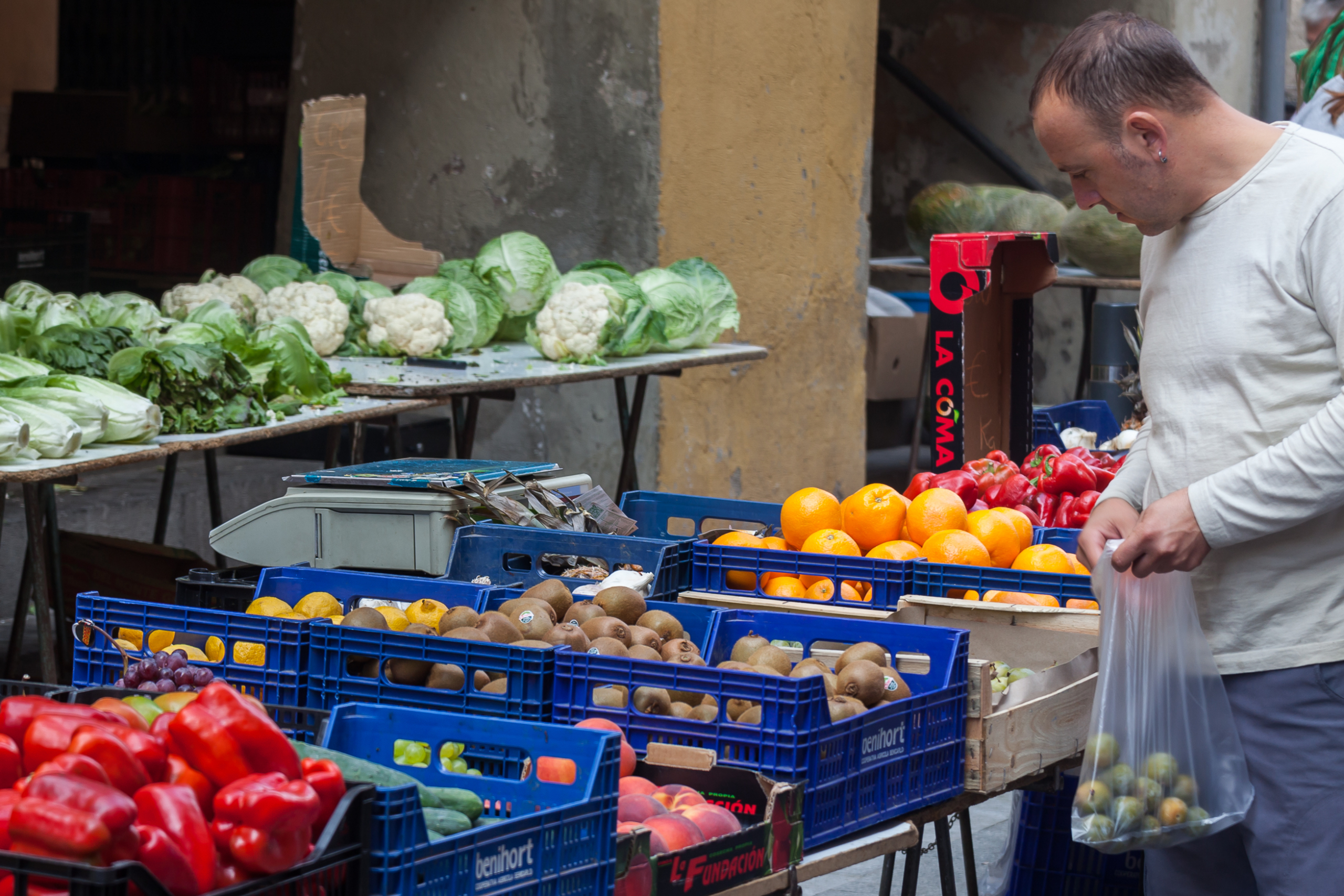
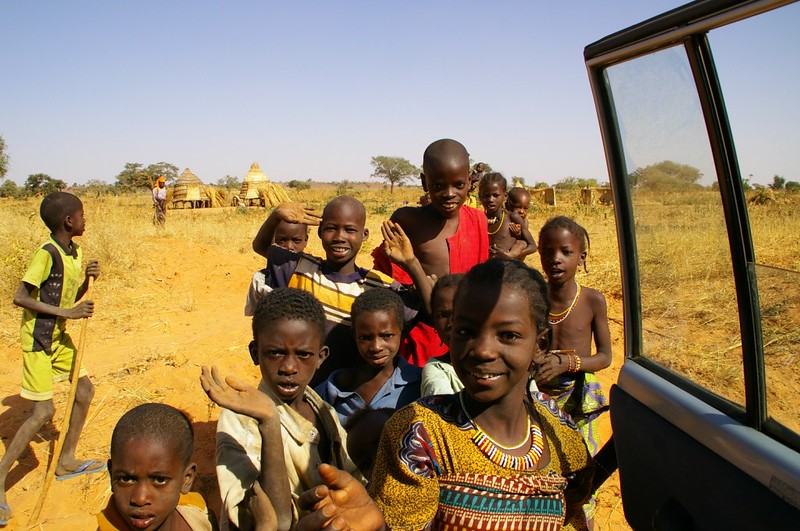 In
In 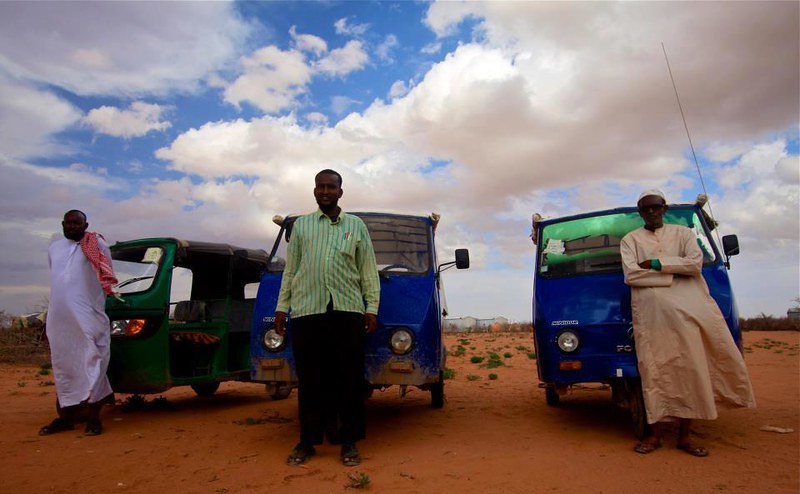 Somalia struggles with one of the highest unemployment rates in the world. As of 2022,
Somalia struggles with one of the highest unemployment rates in the world. As of 2022, 